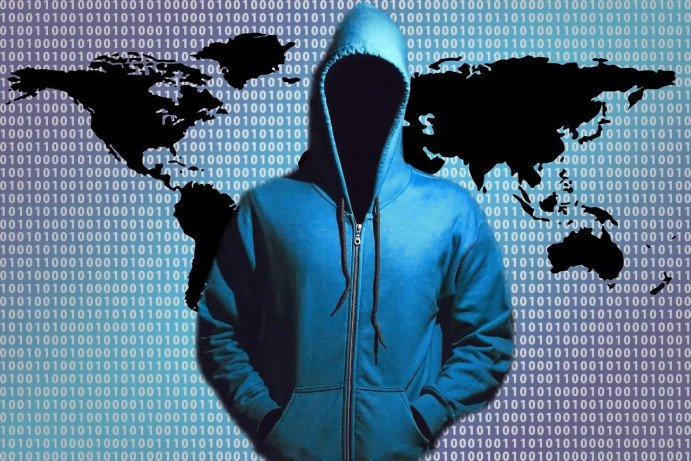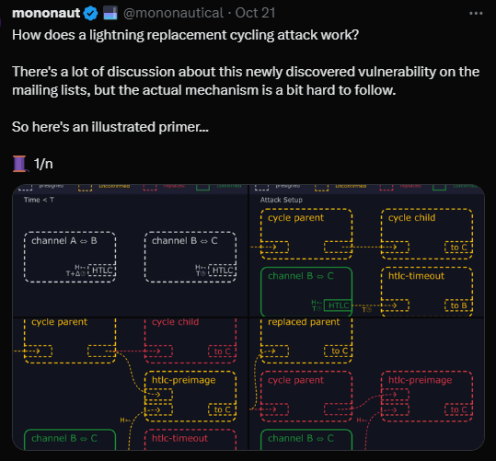Lightning Network
There’s “No Intentional Backdoor” to the Lightning Network

The internet remains flooded with articles claiming that the Lighting Network has an “intentional backdoor.” This sensationalized reporting continues to get clicks but does little to share the truth of the incident and its true implications. Here’s some valuable insight into the recent discovery of a Lightning Network security flaw and what's being done to fix it.
Beta Testing
The first thing to consider when discussing this security flaw is that the Lightning Network remains in its beta testing stages. Every time a bug or attack vector is found, it's a good thing in that it gives developers time to configure a fix. In the end, each discovery leads to a safer and more secure network.
How it Went Down
Much of the hype can be attributed to how the security flaw was reported and by whom. The issue, which has been known to some LN developers since 2022, came into the limelight this week after a security researcher and Bitcoin core developer named Antoine Riard shared the problem with the community.

Source – Lightning Network – Potential Backdoor Attack
In a letter to the community, Reid explained the potential for loss and why he felt that the only true fix for the issue was to change core coding on the Bitcoin mainnet. In his letter, he resigns from the LN project and cites concerns that the issue must be resolved or the problem could be potentially a “backdoor” attack one day.
Relay Jamming Attack
When discussing the attack vector the developer explained how a relay jamming attack could cause problems in the future for users. Hackers could potentially use a technique called replacement cycling attacks if not corrected. These attacks alter the hash time lock contracts to achieve access to funding.
Fix it Up
Reid shared his thoughts on possible ways to mitigate the effects of an attack of this type in his letter. He claimed that according to his research, the best repair option is to alter the mainchain. The alteration would require the addition of a new protocol to mark all transactions that are seen. This decision would increase the blocksize and could even require a consensus algorithm update.
FUD
The news and social media sensationalized the findings and many publications twisted Reid's comments to make it seem as if he completely abandoned the project due to the issue being so bad it was irreparable. Seeing this level of bad reporting has triggered Reid. He recently came back into the public eye to tell journalists to do “more responsible reporting” instead of seeking clicks with false narratives.
Anti-Lightning Push Back
Of course, for some, the damage was done. The Samurai Wallet team even took to social media to kick the Lighting Network while it was down, stating that the project should be discarded in the trash heaps of time.
Business as Usual
The discovery of the bug and the following reporting isn’t anything new for LN developers. The project has seen a roller coaster of support over the last 3 years. Today, the network is larger and more influential than ever. As such, all security concerns must be addressed immediately to avoid losses and FUD in the future.